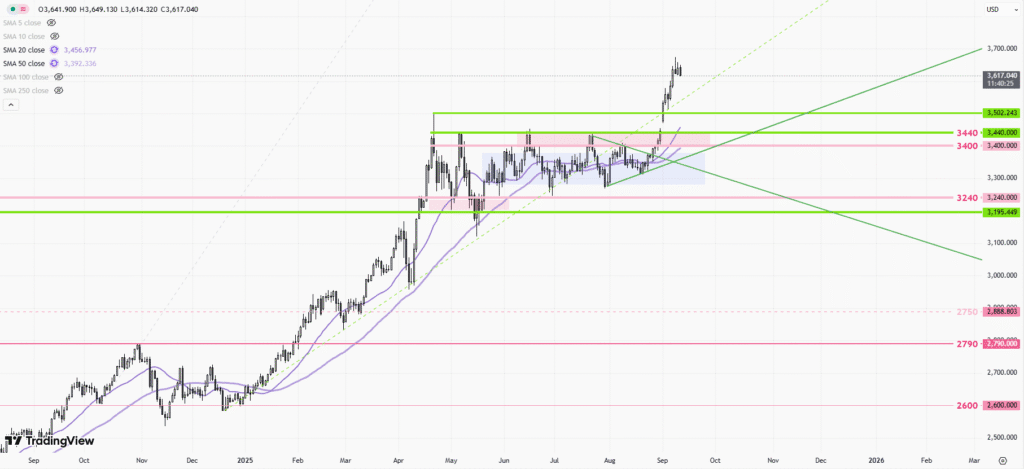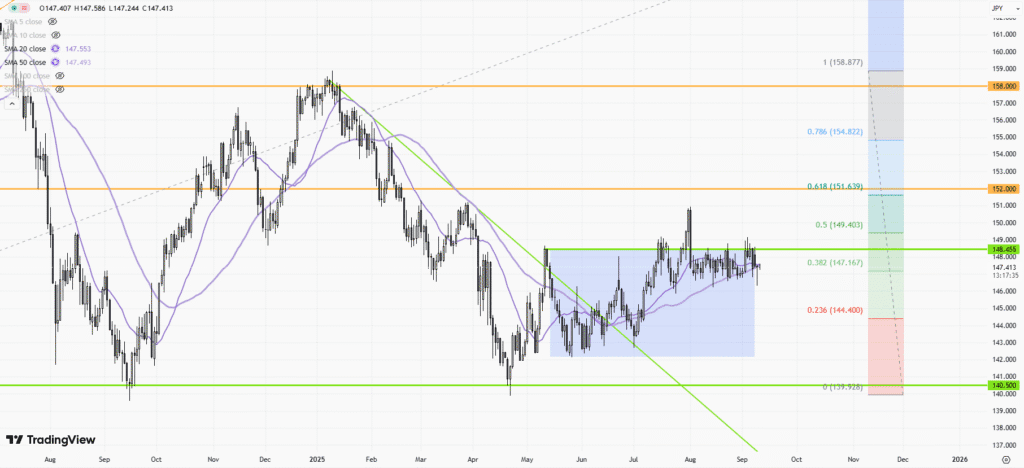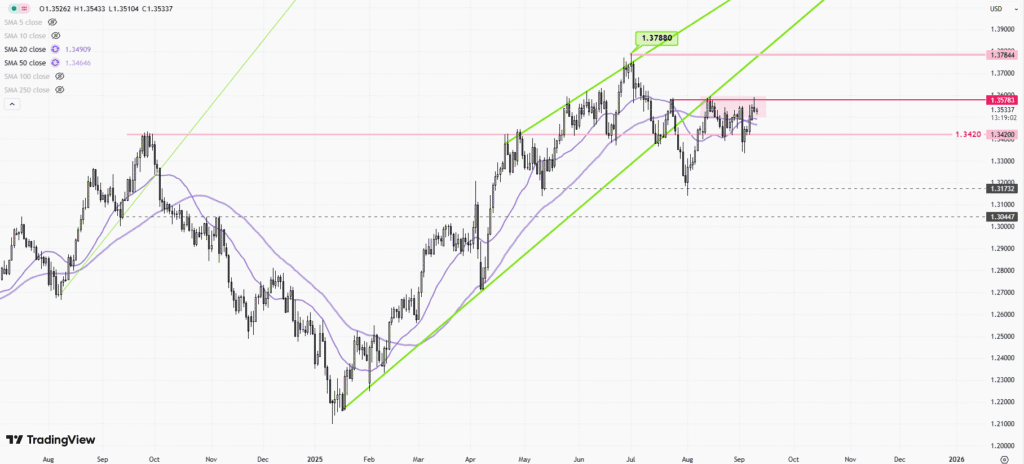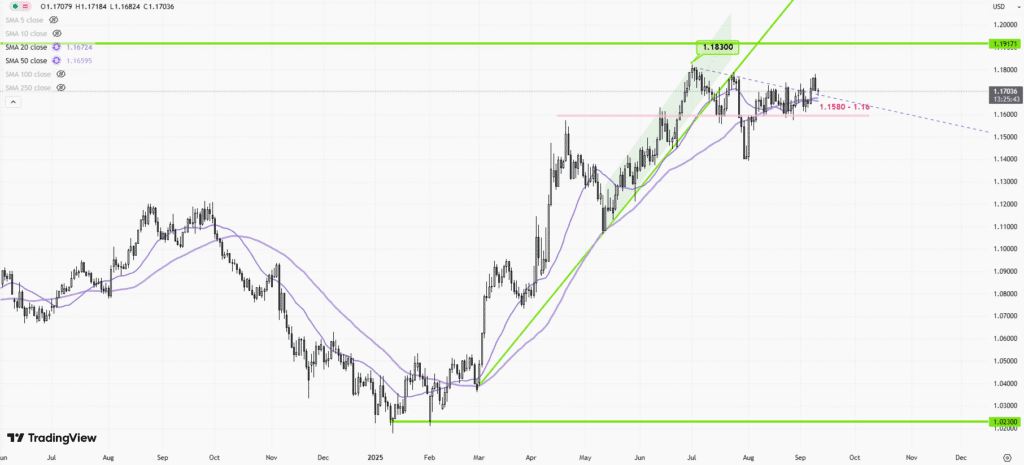 |
| Gold V.1.3.1 signal Telegram Channel (English) |
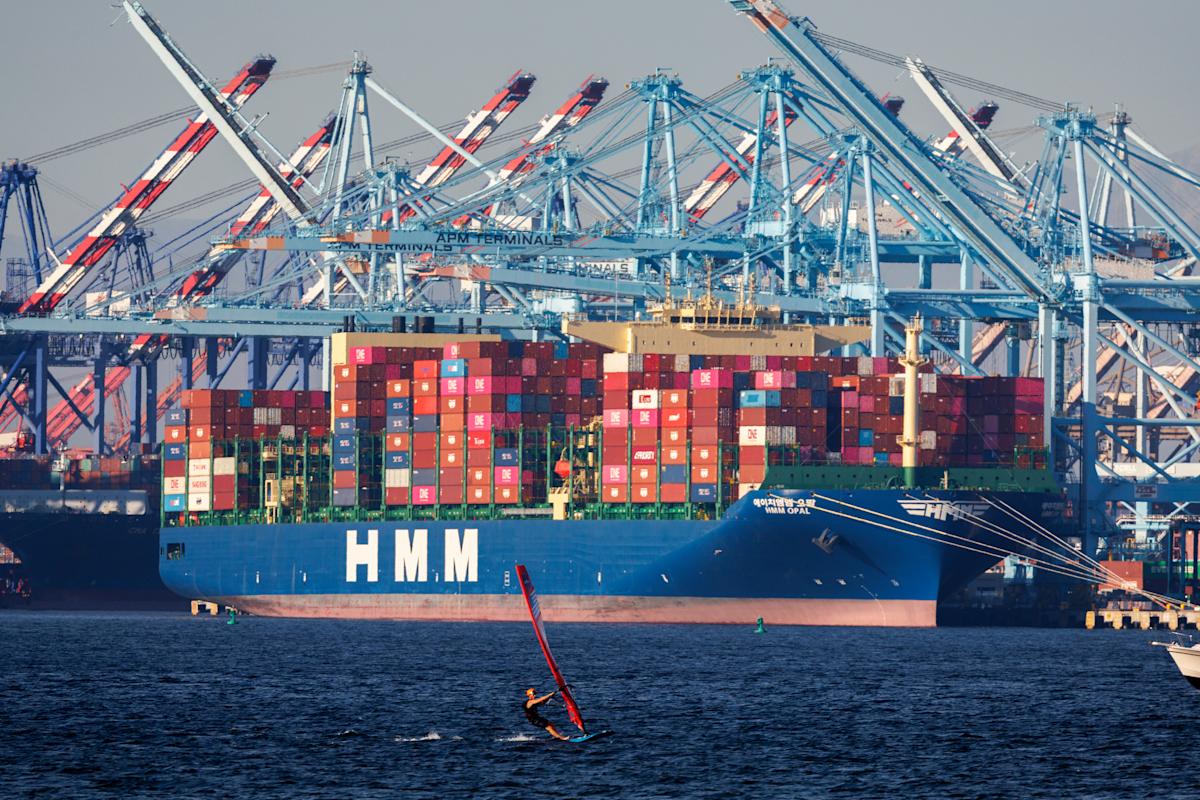
How US Tariff Hikes Threaten to Deepen America’s Fiscal Deficit and Economic Challenges Over the Next Decade
2025-08-25 @ 15:00
Title: How US Tariff Hikes Could Worsen America’s Fiscal Deficit Over the Next Decade
The United States faces the possibility of a significant increase in its fiscal deficit over the next ten years, driven largely by recent proposals to raise tariffs on imported goods. As policymakers weigh the benefits and drawbacks of protectionist measures, it is crucial to understand how these changes could exacerbate the country’s financial imbalances.
Understanding the US Fiscal Deficit
America’s fiscal deficit is the gap between the government’s revenues and expenditures. A deficit occurs when spending exceeds income, requiring the country to borrow money, which contributes to the growing national debt. Policymakers often adjust tax and spending policies to manage this balance. However, changes in trade policies—specifically, increasing tariffs—can have unintended and long-lasting effects on the nation’s fiscal health.
The Rationale Behind Raising Tariffs
Tariffs are taxes levied on imported goods. The current US administration, echoing sentiments from previous leadership, has argued that higher tariffs would protect domestic industries from foreign competition, boost local manufacturing, and create jobs. Additionally, the expectation is that tariffs could generate additional government revenue from the taxation of imports.
However, while the initial increase in tariff revenues may appear beneficial, the broader economic impact often tells a different story.
Short-Term Gains vs. Long-Term Economic Impact
While higher tariffs do bring in some additional revenue, several studies and historical precedents suggest these financial inflows are typically outweighed by wider negative consequences. Increased import costs usually lead to higher prices for consumers and businesses. As production costs rise, companies can face reduced competitiveness at home and abroad, leading to lower profits, restrained growth, and potential job losses.
As domestic consumption patterns shift in response to higher prices, import volumes often decline. Over time, this can erode the very tariff revenue policymakers aim to collect. A decrease in overall trade activity can also lower income tax collections from businesses and workers in affected sectors, further reducing federal revenue.
Retaliation and Global Trade Tensions
Another major concern is the likelihood of retaliatory measures by America’s trading partners. History shows that when the US raises tariffs, other nations frequently respond in kind. Retaliatory tariffs can restrict US exports, negatively impacting industries such as agriculture, manufacturing, and technology. Reduced exports mean less income for American producers and fewer tax dollars collected by the government.
Global trade tensions can ripple through financial markets, dampening investor confidence and stoking volatility. All these factors can contribute to weaker economic growth and, consequently, lower government revenues.
Projected Impact: A Dramatic Increase in the Deficit
According to projections based on recent policy analysis, a continued strategy of raising tariffs could slash US federal revenues by as much as $400 billion over the next decade. While this figure includes potential tariff income, it accounts for reductions in other tax streams—particularly income and corporate taxes—that are expected to fall as economic activity slows.
These fiscal headwinds would add to an already substantial deficit, increasing the strain on government resources and making it more challenging to fund essential programs in the future. The growing deficit would also likely fuel debates over the need for spending cuts or new sources of revenue, with possible implications for everything from healthcare to infrastructure.
Broader Economic Repercussions
Beyond fiscal concerns, higher tariffs can disrupt global supply chains and undermine relationships with trading partners. As businesses adjust to new cost structures, some may relocate production overseas or pass costs down to consumers, eroding the competitive advantage of US products and limiting consumer choice.
The experience of past trade disputes—such as those involving steel and aluminum—demonstrates that these policies often do more harm than good for the broader economy. The net effect is typically slower economic growth, weaker job creation, and increasing pressure on federal finances.
Policy Recommendations
Given the potential for significant and sustained increases in the fiscal deficit, policymakers should approach tariff hikes with caution. Any moves to raise trade barriers should be accompanied by a clear-eyed assessment of long-term economic costs, not just short-term gains in tariff revenue. Alternative methods for supporting domestic industry—such as targeted investment in innovation, workforce development, and infrastructure—may deliver more sustainable and broadly shared benefits without jeopardizing the nation’s fiscal health.
In summary, while raising tariffs may seem like a straightforward tool to protect American jobs and generate government revenue, the likely result is a weaker economy and a much larger fiscal deficit in the years ahead. A prudent approach will be key to ensuring America’s economic and financial stability for the next decade and beyond.


